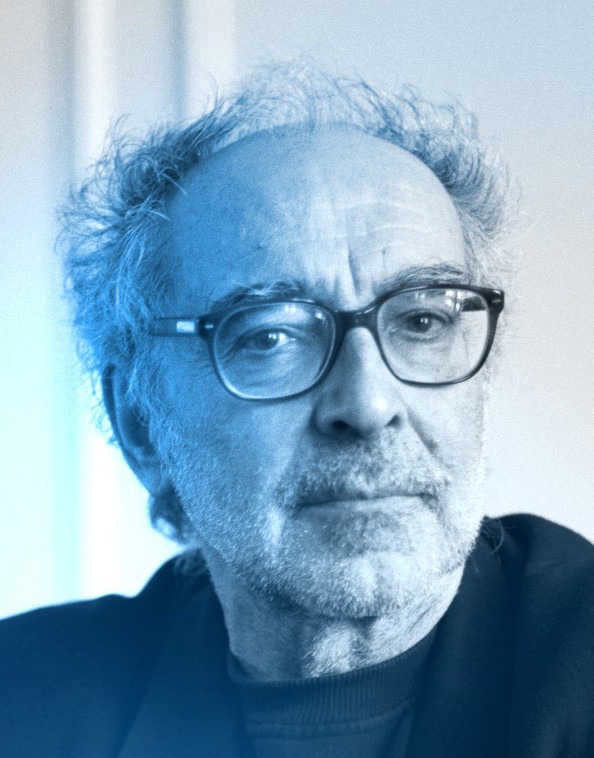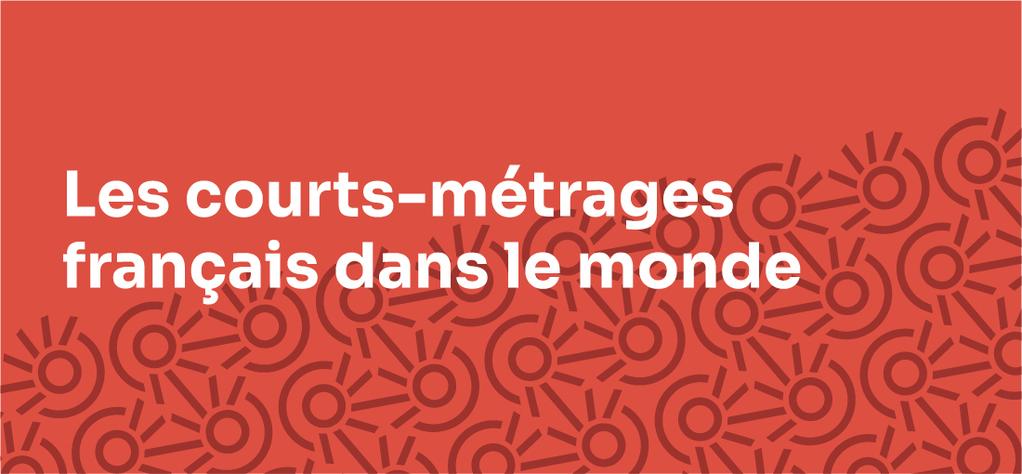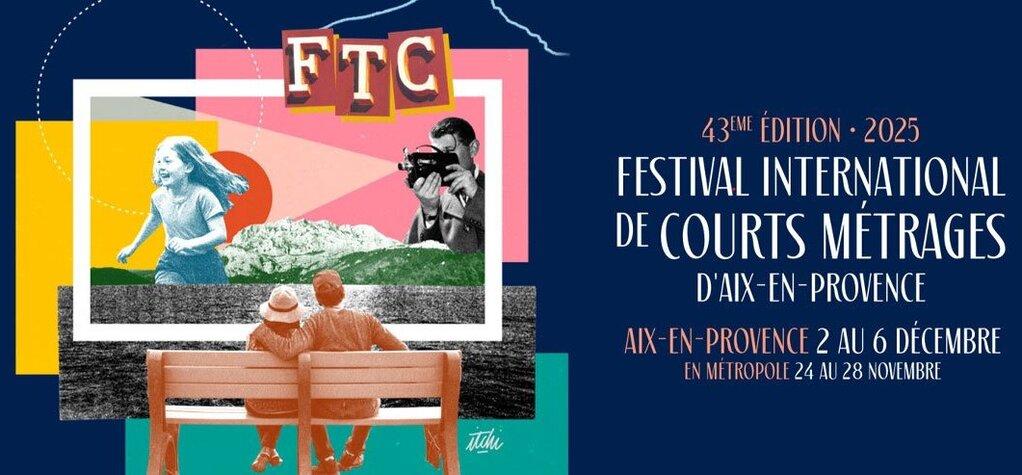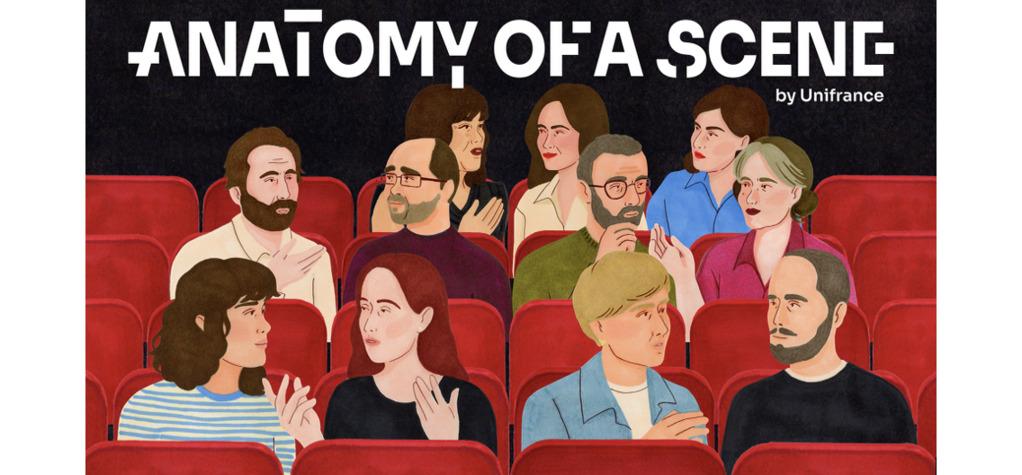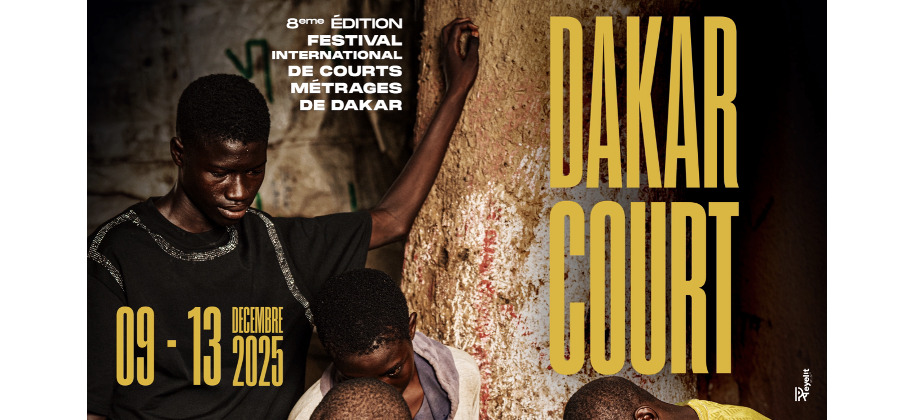Serge Toubiana, Unifrance president, pays tribute to the great Jean-Luc Godard, who died on September 13, 2022 at the age of 91.
"Jean-Luc Godard (1930-2022).
What is striking in Jean-Luc Godard's oeuvre, is first of all its longevity, because it spread out over several decades, not less than sixty and some years of an artistic career. A little like other great names of twentieth century art and culture, for example Jean Cocteau and Pablo Picasso. A whole life devoted to his art: cinema.
When hearing of the death of Jean-Luc Godard, a man at work and in his ninety-secondth year, we are overtaken by an emotion, as though an essential part, a symbol of modern cinema, has been extinguished, has passed away. I am convinced that there are many cinephiles, in France and throughout the world, who owe their love of cinema to films like Breathless, A Woman Is a Woman, My Life to Live, Contempt, and Pierrot le Fou. I am one such person: I remember the day in 1965 when, at the age of sixteen, I went to see Pierrot le Fou in a movie theater in Grenoble. I received such an aesthetic and moral shock that my life was transformed – I understood instinctively that modern cinema was embodied there, with those wonderful characters of Ferdinand (Jean-Paul Belmondo) and Marianne (Anna Karina). And the blue of the sky, the Mediterranean, the beauty of Jean-Luc Godard's shots.
He was the last representative of the French New Wave, a filmmaking movement to which he belonged in his youth with Truffaut, Rohmer, Chabrol, and Rivette, but from which he soon broke away to follow a more solitary path. New Wave is also the title of one of his films, made in 1990, starring Alain Delon and Domiziana Giordano. One could say that there are, in JLG's entire oeuvre (more than a hundred films, all genres combined), "periods," as we say of a painter or an artist. The New Wave period, which went from Breathless (1960) to Week-End (1967). The most famous, and often the most appreciated worldwide.
Then that of the "Dziga Vertov Group," created with Jean-Pierre Gorin and Jean-Henri Roger in the militant period of May 68 and which continued until the beginning of the 1970s, with films such as The Joy of Knowledge, British Sounds, Pravda, Le Vent d'Est, Lotte in Italia, and Vladimir et Rosa. This period reached its end with Tout va bien (All's Well), codirected in 1972 with Jean-Pierre Gorin, a militant film with movie stars (Yves Montand and Jane Fonda), produced by the brilliant Jean-Pierre Rassam, which was a failure insofar as Godard-Gorin's project of investing commercial cinema to accommodate a point of view or an analysis of society marked by anti-establishment ideas, while standing out from the society of the spectacle, was hardly convincing. I remember the advertising slogan accompanying the release of Tout va bien: "A great film that disappoints". The ad did not lie.
This was followed by the video period. Godard left Paris to settle in Grenoble, with his production company called Sonimage, where he invested his talent as a researcher and artist to experiment with new tools, for example the ultra-light Paluche camera invented by his friend Jean-Pierre Beauviala, creator of the Aäton camera company established in Grenoble. It was quite a gamble: putting himself at the cinema fringes to codirect films, that were both strange and exciting, with Anne-Marie Miéville, for example Numéro deux (1975), How Is It Going?, and Here and Elsewhere (1976): at once experimental, about domestic language, and casting a critical social gaze.
It is worth noting that, while series are very fashionable today all over the world, Jean-Luc Godard innovated in the 1970s by directing several series: Six fois deux/Sur et sous la communication, then France Tour Détour/Deux enfants, for the public service. Exciting experiments involving the language of images and sounds, in which he developed a very sharp critical sense about the origin and transmission of images, their moral and/or political, not to say educational, significance. Godard or the art of collage: how to show/edit two images together, to make sense or to thwart the meaning of images and sounds.
The "return to cinema" came next in 1980, with Every Man for Himself / Slow Motion, produced by Marin Karmitz and starring Isabelle Huppert, Nathalie Baye, and Jacques Dutronc. Godard invigorated celluloid by playing with splendid technical and poetic effects, for example landscapes and gestures captured in slow motion, inventing so to speak a new, free, and poetic gaze. Other films followed, such as Passion, First Name: Carmen, Hail Mary, Détective, and Keep Your Right Up, all produced by Alain Sarde, his loyal friend and producer, within an incredibly prolific oeuvre.
Other periods were scattered throughout his long artistic career, during which he never ceased to move back and forth between feature films and shorts, art films and fictions, documentaries, essays, commissioned films, and so forth, like a solitary artist settled in his studio in Rolle, Switzerland, beside the lake. He gradually became an oracle of the cinema, often not very kind to his fellow filmmakers, the bearer of ideas that were not always understandable, but a person who some people went to consult, and he himself was never stingy with his comments about cinema and the state of the world.
The time has come to revisit his prolific, often disconcerting, but generous and inventive oeuvre, with a visual artistry, inventiveness, and diversity that are absolutely unique. Throughout his life, Godard was a free artist, a poet, and a unique thinker, whose diverse and varied oeuvre commands our admiration."
Serge Toubiana




